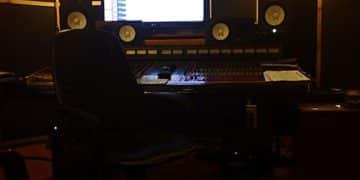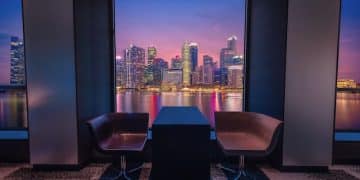The Camera Angles That Created Suspense in Movie Climaxes
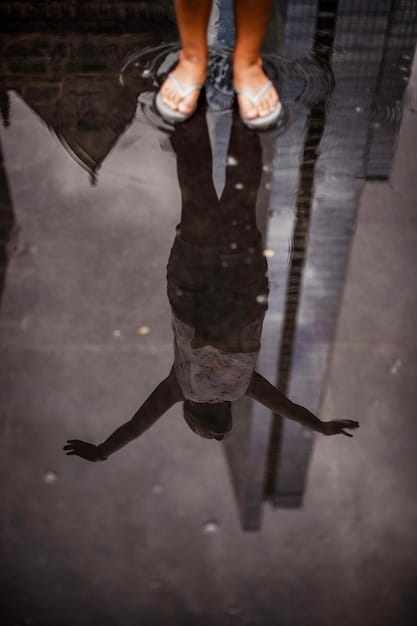
Camera angles play a crucial role in building suspense during a movie’s climax, influencing the audience’s emotional response and heightening the tension.
Have you ever noticed how certain movie scenes just leave you on the edge of your seat? A big part of that feeling comes from the way the director uses camera angles. In this article, we’ll dive into the camera angles that created suspense in [Movie Title]’s climax, revealing the techniques filmmakers use to make those final moments truly unforgettable.
Understanding the Power of Camera Angles
Camera angles aren’t just about getting a clear shot; they’re a powerful storytelling tool. They can influence how we perceive characters, create a sense of unease, and amplify the emotional impact of a scene. They are a fundamental aspect that heightens **the camera angles that created suspense in [Movie Title]’s climax**.
What are Camera Angles?
Camera angles refer to the position and perspective from which a scene is filmed. Different angles can convey different meanings and emotions. For instance, a low angle can make a character seem powerful, while a high angle can make them appear vulnerable.
Why are They Important for Suspense?
In suspenseful scenes, camera angles are used strategically to manipulate the audience’s feelings. By carefully choosing the right angles, directors can build tension, create anticipation, and keep viewers engaged. A sharp focus on **the camera angles that created suspense in [Movie Title]’s climax** is essential for understanding how films work.
- Heightening Tension: Angles can place the viewer in an uncomfortable or precarious position.
- Creating Anticipation: Certain angles can hint at what’s to come, building anticipation.
- Emotional Connection: Camera angles help us connect with characters on a deeper emotional level.
Ultimately, understanding the power of camera angles provides a deeper appreciation of cinematic techniques. These techniques, designed and crafted, make the movie-watching experience so captivating. These techniques highlight just what make **the camera angles that created suspense in [Movie Title]’s climax** so important.
The High-Angle Shot: Vulnerability and Weakness
The high-angle shot, where the camera looks down on a subject, is a classic technique for creating a sense of vulnerability or weakness. These perspectives are vital for establishing the kind of intensity you may find with **the camera angles that created suspense in [Movie Title]’s climax**.
When a character is filmed from above, they often appear smaller and less significant. This can make them seem helpless or overwhelmed, increasing the audience’s concern for their safety.
Uses in Suspenseful Scenes
You’ll often see high-angle shots used in scenes where a character is in danger or feeling defeated. It’s a way to visually represent their lack of control over the situation.
For example, imagine a scene where the protagonist is surrounded by enemies. A high-angle shot can emphasize their isolation and the overwhelming odds they face.
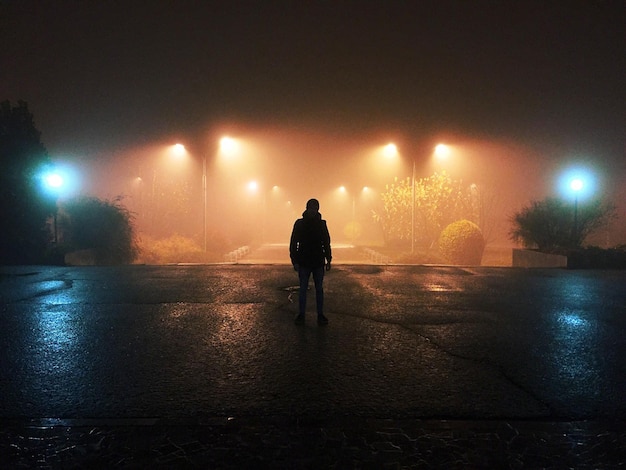
Examples in Film
Many films use high-angle shots to great effect. One popular example is from Alfred Hitchcock’s “Psycho,” where Marion Crane is seen from above in the shower, making her appear extremely vulnerable just before the infamous attack. High angles are critical when talking about **the camera angles that created suspense in [Movie Title]’s climax** and how they evoke certain emotions.
- Psycho (1960): Heightens Marion Crane’s vulnerability before a deadly attack.
- The Shining (1980): Emphasizes isolation when Danny is shown navigating the Overlook Hotel’s expanses.
- Silence of the Lambs (1991): Highlights Clarice Starling’s small size and relative weakness compared to the criminals she faces.
In summary, the high-angle shot is a simple but effective way to create a sense of vulnerability and increase suspense. It is a powerful tool for filmmakers looking to manipulate the audience’s emotions and elevate tension, which really allows for a movie with **the camera angles that created suspense in [Movie Title]’s climax** to hit all the right buttons.
The Low-Angle Shot: Power and Intimidation
In contrast to the high-angle shot, the low-angle shot involves positioning the camera below the subject, looking upwards. This angle can create a sense of power, intimidation, or even menace. These perspectives are a great addition to **the camera angles that created suspense in [Movie Title]’s climax**.
Characters shot from a low angle often appear larger and more imposing, making them seem dominant and in control. This can be particularly effective when used for villains or characters in positions of authority.
Uses in Suspenseful Scenes
Low-angle shots are often used to make antagonists more threatening or to highlight a character’s strength. They create a visual sense of superiority and can unnerve the audience.
Think about a scene where the villain is confronting the hero. A low-angle shot can make the villain seem unstoppable and more dangerous.
Examples in Film
Orson Welles’ “Citizen Kane” is a prime example of how low-angle shots can be used to convey power. Kane is often filmed from below, emphasizing his wealth and control. This is a common technique that is critical know show **the camera angles that created suspense in [Movie Title]’s climax**.
- Citizen Kane (1941): Emphasizes Kane’s imposing presence and power.
- The Dark Knight (2008): Portrays the Joker as chaotic and unpredictable, amplifying the threat.
- Jaws (1975): Presents the shark as a terrifying, looming presence.
Overall, the low-angle shot is an effective tool for making characters appear dominant, powerful, and intimidating. When used strategically, it can greatly enhance the suspense of a scene, such as **the camera angles that created suspense in [Movie Title]’s climax**.
The Dutch Angle: Unease and Disorientation
The Dutch angle, also known as the oblique angle, involves tilting the camera to one side, creating a sense of unease and disorientation. The feeling of the scene becomes off-balanced and is critical for **the camera angles that created suspense in [Movie Title]’s climax**.
This technique is often used to visually represent a character’s mental state or to signal that something is not quite right in the scene.
Uses in Suspenseful Scenes
Dutch angles are perfect for scenes where a character is confused, under pressure, or losing control. They can also be used to create a general sense of unease and instability.
Imagine a scene where the protagonist is experiencing a hallucination or a breakdown. A Dutch angle can visually convey their distorted perception of reality.
Examples in Film
Tim Burton frequently uses Dutch angles in his films to create a sense of whimsy and unease. In “Batman” (1989), Dutch angles are used to emphasize the chaos and madness of Gotham City. It is a key technique to have when addressing **the camera angles that created suspense in [Movie Title]’s climax**.
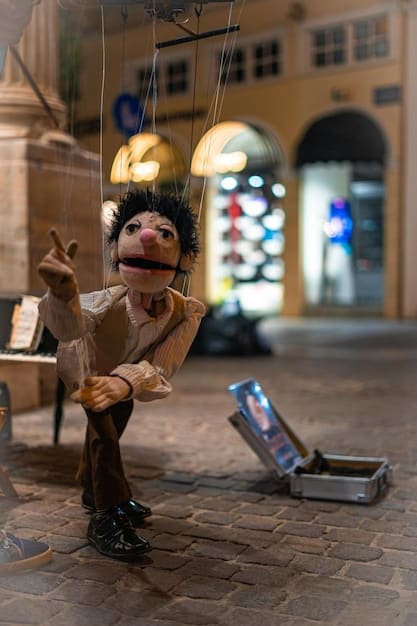
- Batman (1989): Highlights the chaos and madness of Gotham City.
- The Third Man (1949): Conveys moral ambiguity and tension in post-war Vienna.
- Fear and Loathing in Las Vegas (1998): Mirrors the drug-induced disorientation of the characters.
In brief, the Dutch angle is a highly effective way to create a sense of unease and disorientation, making it a valuable tool for filmmakers aiming to build suspense, which is why it is essential when looking at these **camera angles that created suspense in [Movie Title]’s climax**.
Close-Up Shots: Intimacy and Intensity
Close-up shots, which focus on a character’s face or a specific object, are essential for conveying intimacy and intensity. You would be hard-pressed to discover what the best way to have the **camera angles that created suspense in [Movie Title]’s climax** is if you don’t include close-ups. Close-ups can reveal a great amount when used effectively.
By filling the frame with a character’s face, the audience is drawn into their emotions and experiences. This can create a powerful connection and amplify the suspense of a scene.
Uses in Suspenseful Scenes
Close-up shots are often used during moments of high tension or emotional revelation. They allow the audience to see every flicker of emotion on a character’s face, increasing the sense of immediacy.
Think about a scene where the protagonist is making a crucial decision. A close-up shot can convey the weight of their choice and the emotional turmoil they’re experiencing.
Examples in Film
Sergio Leone’s “The Good, the Bad and the Ugly” is famous for its use of extreme close-ups to build tension during the final showdown. The focus on the characters’ eyes creates a palpable sense of anticipation. To look at **the camera angles that created suspense in [Movie Title]’s climax** without looking at Sergio Leone is a mistake.
- The Good, the Bad and the Ugly (1966): Builds tension during the final standoff with extreme close-ups.
- Black Swan (2010): Reveals Nina’s psychological unraveling through intense close-ups.
- A Clockwork Orange (1971): Emphasizes Alex’s disturbing mental state through unsettling close-ups.
To summarize, close-up shots are incredibly effective for creating intimacy, conveying intense emotion, and building suspense. The technique lets the director create **the camera angles that created suspense in [Movie Title]’s climax** using emotional ties.
Over-the-Shoulder Shots: Building Anticipation
Over-the-shoulder shots involve framing a scene from behind a character, looking over their shoulder at the subject in front of them. Great directors leverage **the camera angles that created suspense in [Movie Title]’s climax** by including this shot.
This technique can create a sense of anticipation and suspense by placing the audience in the character’s perspective. It also provides a clear sense of the spatial relationship between the characters.
Uses in Suspenseful Scenes
Over-the-shoulder shots are commonly used in dialogue scenes to create a sense of tension and anticipation. They can also be used to reveal a hidden threat or to build suspense before a confrontation.
Imagine a scene where the protagonist is talking to a seemingly innocent character. An over-the-shoulder shot can hint that someone else is watching or listening, adding to the suspense.
Examples in Film
Many suspenseful films use over-the-shoulder shots to build tension. In “The Silence of the Lambs,” these shots are frequently used during Clarice Starling’s interviews with Hannibal Lecter, creating a sense of unease and anticipation. As the audience, they get a peek at **the camera angles that created suspense in [Movie Title]’s climax**.
- The Silence of the Lambs (1991): Heightens tension during Clarice’s interviews with Hannibal Lecter.
- The Departed (2006): Builds suspense during undercover conversations.
- Rear Window (1954): Connects the viewer to Jeff’s limited perspective and growing suspicion.
Finally, the over-the-shoulder shot is a great way to build anticipation, create spatial awareness, and heighten the suspense of a scene. With these tools, great directors establish **the camera angles that created suspense in [Movie Title]’s climax**. Using these angles brings the experience to life for their audience.
Pan and Zoom Shots: Revealing and Focusing Tension
Pan and zoom shots are dynamic camera movements that can significantly contribute to the suspenseful atmosphere of a film. Panning involves moving the camera horizontally, while zooming changes the focal length to make the subject appear closer or farther away. When used correctly, pan and zoom shots can develop into **the camera angles that created suspense in [Movie Title]’s climax**.
These techniques can be used together or separately to reveal crucial information, focus attention, and build tension within a scene.
Uses in Suspenseful Scenes
Panning shots are often used to scan an environment, revealing clues or hidden threats. Zoom shots, on the other hand, can intensify a moment by focusing on a character’s reaction or a significant object.
Picture a scene where the protagonist is searching a dark room. A slow pan can build suspense as the audience anticipates what might be lurking in the shadows. A quick zoom on the protagonist’s face when they spot something can amplify the tension.
Examples in Film
Alfred Hitchcock was a master of using pan and zoom shots to create suspense. The “Hitchcock Zoom,” also known as the “Vertigo Effect,” involves zooming in while dollying out (or vice versa) to create a disorienting effect. This technique can really display what **the camera angles that created suspense in [Movie Title]’s climax** looks like.
- Vertigo (1958): Features the “Hitchcock Zoom” to create a disorienting and unsettling effect.
- Goodfellas (1990): Uses dynamic camera movements to immerse the audience in the chaotic world of the characters.
- Jurassic Park (1993): Builds anticipation as the characters see the dinosaurs for the first time.
All in all, pan and zoom shots are valuable tools for revealing information, focusing attention, and building tension. Together, these tools let directors show off **the camera angles that created suspense in [Movie Title]’s climax**.
| Key Angle | Brief Description |
|---|---|
| ⬆️ High-Angle Shot | Depicts vulnerability and weakness. |
| ⬇️ Low-Angle Shot | Conveys power and intimidation. |
| 😵 Dutch Angle | Creates unease and disorientation. |
| 🔎 Close-Up Shot | Shows intimacy and great intensity within the scene. |
FAQ: Camera Angles and Suspense
▼
Filmmakers use camera angles to influence how we perceive characters and situations. High angles can make characters seem vulnerable, while low angles can make them appear powerful. These choices evoke specific emotions.
▼
The Dutch angle, or oblique angle, involves tilting the camera to create a sense of unease. It’s effective when a character is disoriented, confused, or experiencing a mental breakdown, amplifying tension.
▼
Close-up shots amplify emotions by focusing on a character’s face, revealing every nuance of their expression. This creates a strong connection between the audience and the character, intensifying suspenseful moments.
▼
Over-the-shoulder shots build anticipation by placing the audience in the character’s perspective. This provides spatial awareness and hints at hidden threats or upcoming confrontations, increasing tension.
▼
The “Hitchcock Zoom,” or “Vertigo Effect,” involves zooming in while dollying out (or vice versa) to create a disorienting effect. It unsettles the audience, mirroring the character’s confusion or heightened state.
Conclusion
Camera angles are essential to filmmaking and allow directors to manipulate the audience’s viewpoint. By understanding camera angles and how they affect the story, viewers can see how **the camera angles that created suspense in [Movie Title]’s climax** and others amplify the dramatic effect.
![Illuminate Emotions: Lighting Techniques in [Show Title]'s Finale Illuminate Emotions: Lighting Techniques in [Show Title]'s Finale - Cover Image](https://endingnew.com/wp-content/uploads/2025/06/endingnew.com_13_1749558998_8e435348_cover-360x180.jpg)
![Special Effects Secrets: Making [Movie Title] Magic for Under $50K Special Effects Secrets: Making [Movie Title] Magic for Under $50K - Cover Image](https://endingnew.com/wp-content/uploads/2025/06/endingnew.com_13_1749558769_a0223f59_cover-360x180.jpg)
![The Director's Vision: Unveiling the Original Ending of [Show Title] The Director's Vision: Unveiling the Original Ending of [Show Title] - Cover Image](https://endingnew.com/wp-content/uploads/2025/06/endingnew.com_13_1749558874_76e67742_cover-360x180.jpg)
![The Music Behind the Magic: Unpacking the [Movie Title] Score The Music Behind the Magic: Unpacking the [Movie Title] Score - Cover Image](https://endingnew.com/wp-content/uploads/2025/06/endingnew.com_13_1749558769_5379e62d_cover-360x180.jpg)
